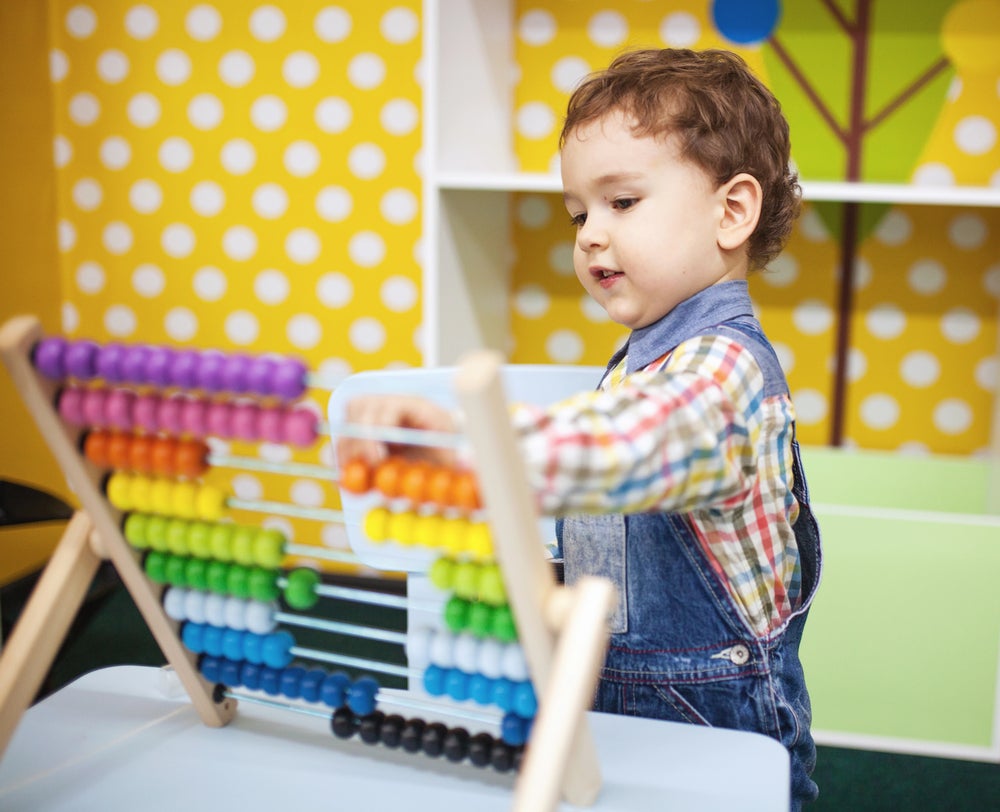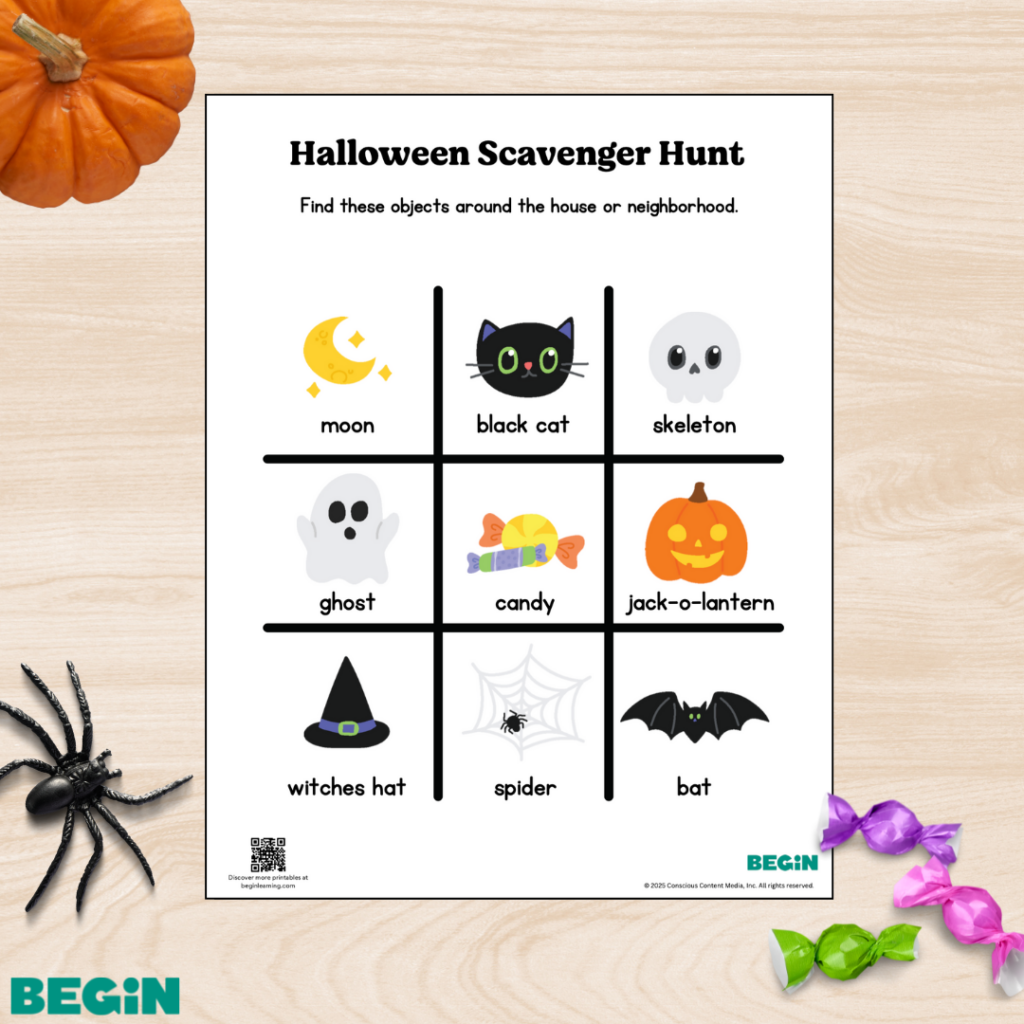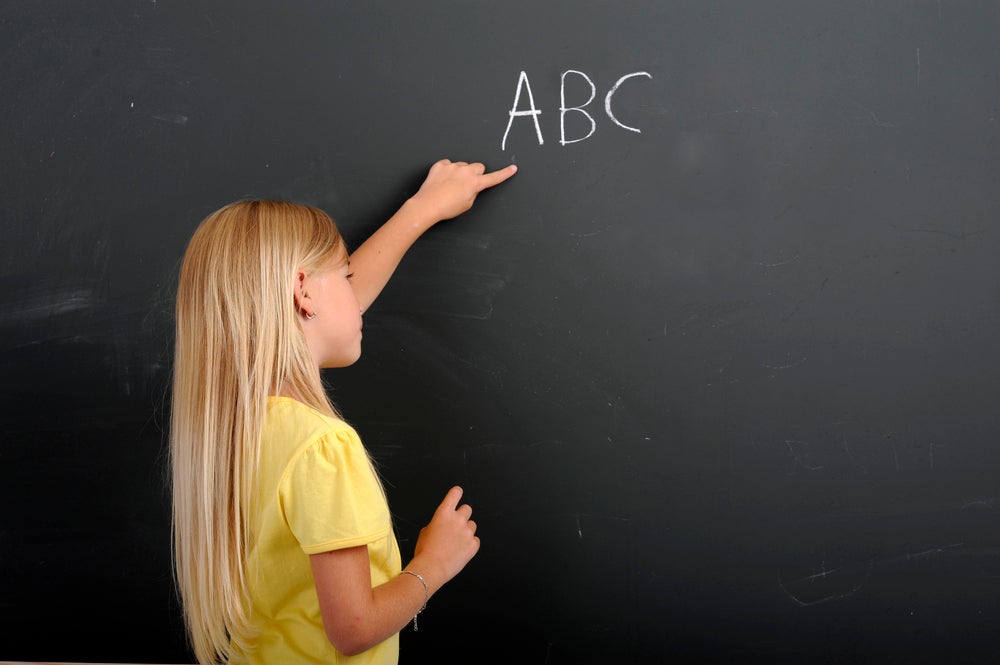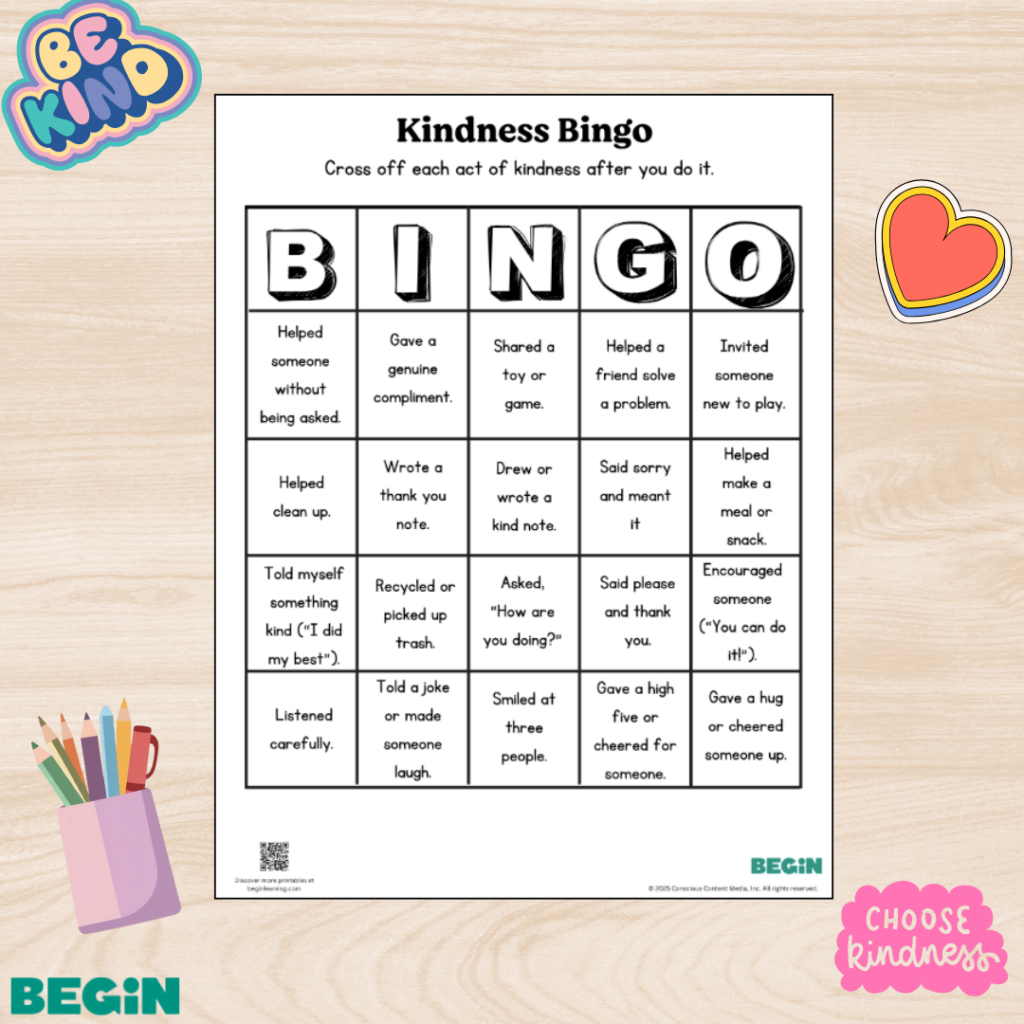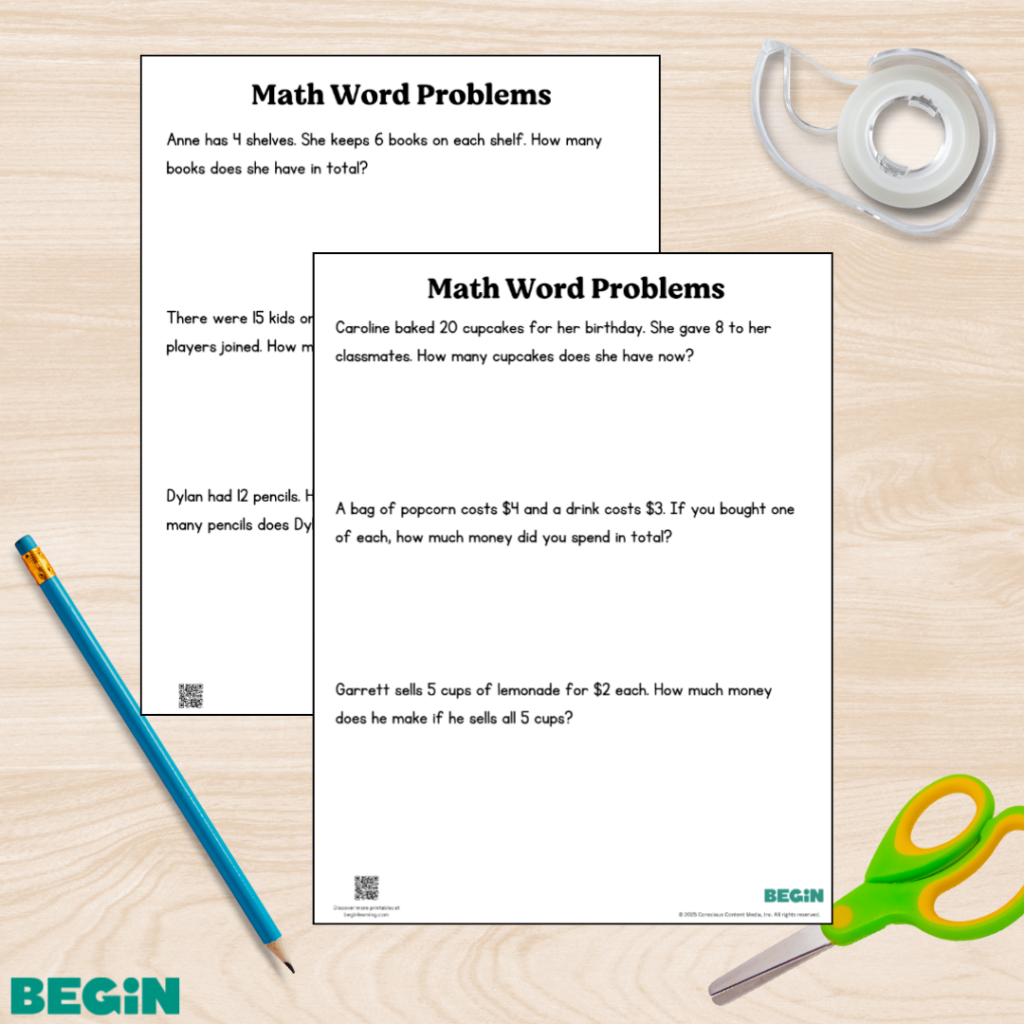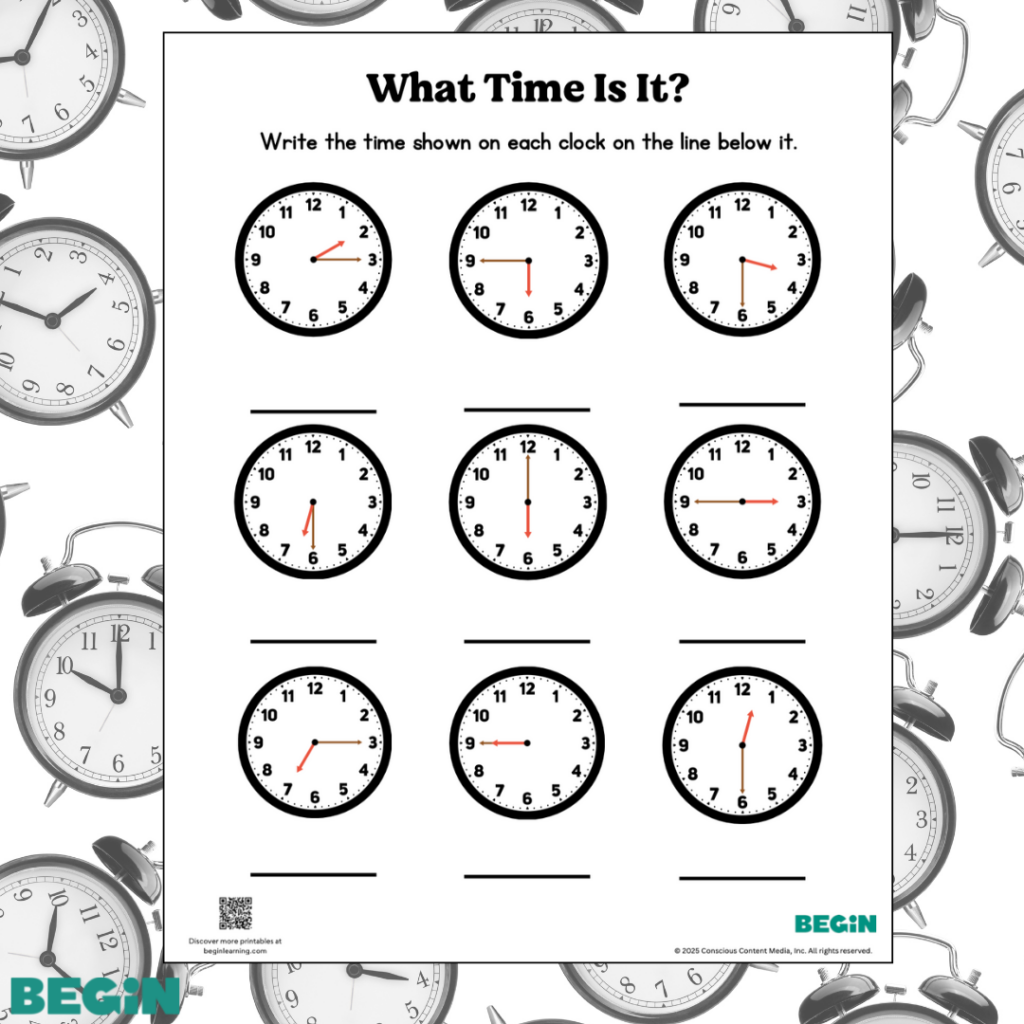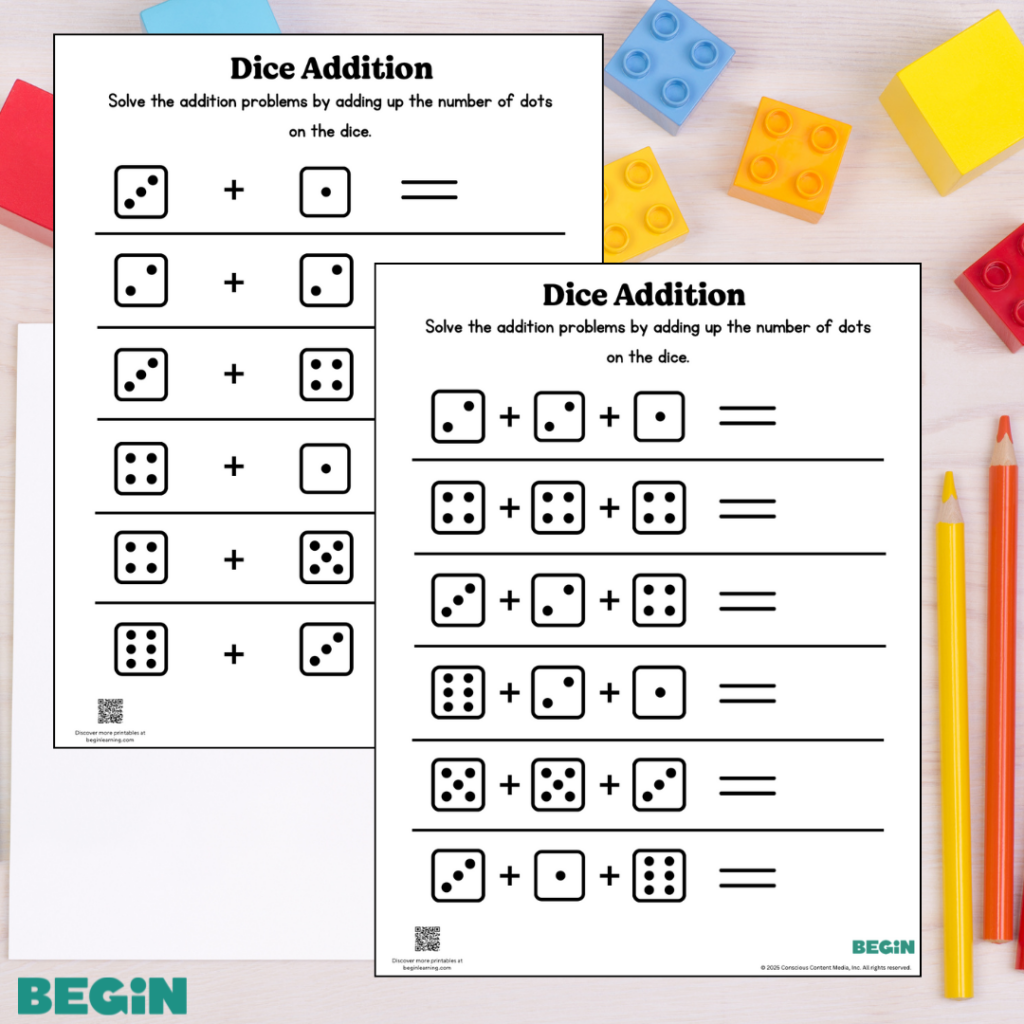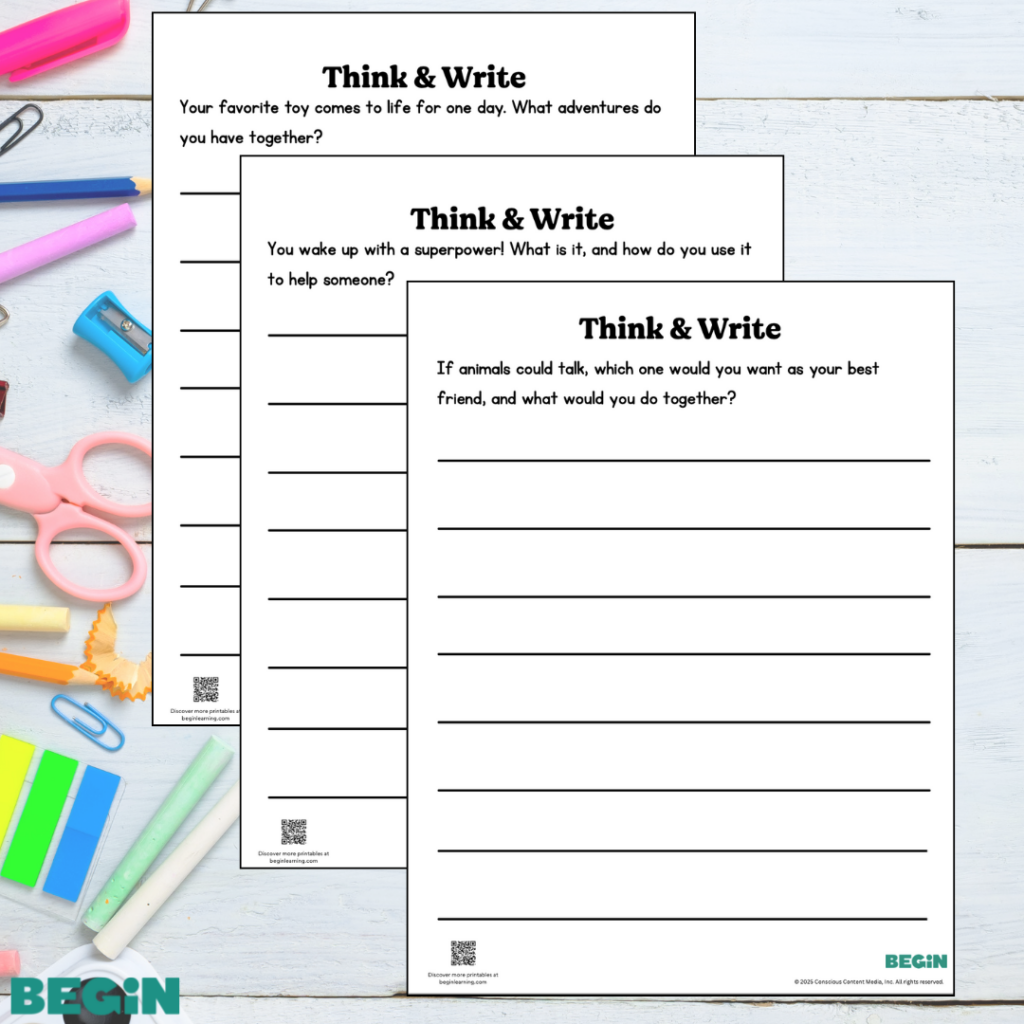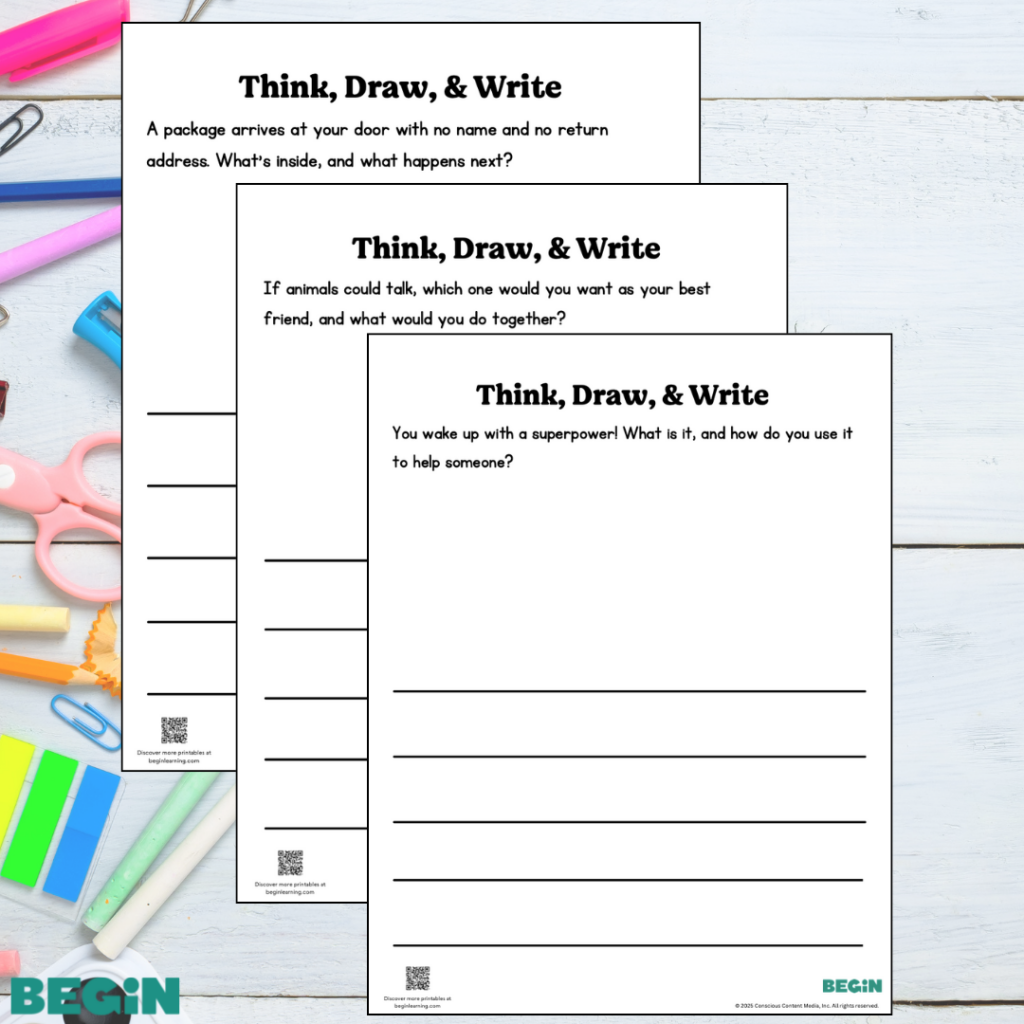One of the first skills that your child may exhibit after the “mama” and “dada” milestones is rote counting.
This ability serves as one of the cornerstones of your child’s future learning and, with plenty of practice, can give them the confidence they need to master more difficult concepts, numbers, and words.
To help you understand this pivotal time in your child’s life, we discuss rote counting and its benefits and offer tips to help your little learner excel.
Table Of Contents
- What Is Rote Counting?
- Benefits Of Rote Counting
- Tips To Encourage Rote Counting
- Rote Counting Games
What Is Rote Counting?
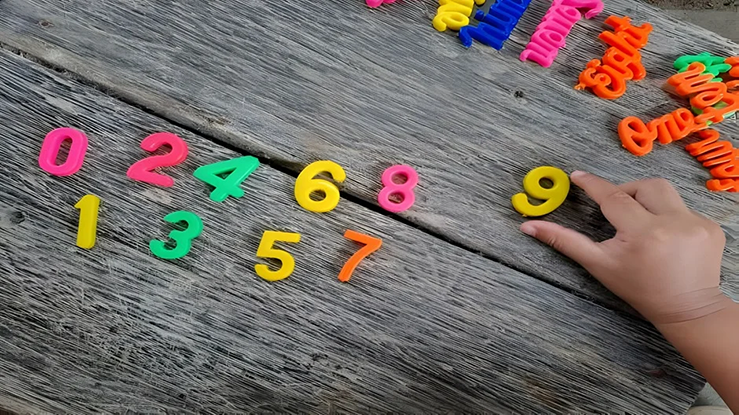
Rote counting is the ability to recite cardinal numbers in order from memory. In most cases, learning this skill starts simply — your child will say, “1, 2, 3.”
As they gain confidence and experience, they’ll progress to longer sequences including one through five, one through 10, and one through 20.
With plenty of time and practice, your child will be able to rote count more advanced sequences, including:
- Even numbers (e.g., 2, 4, 6, 8)
- Odd numbers (e.g., 1, 3, 5, 7)
- Backwards (e.g., 5, 4, 3, 2, 1)
- Variable starting points (e.g., forward from 16 or backwards from 21)
Keep in mind that mastering rote counting doesn’t necessarily mean your child will be able to use that knowledge to count actual items. It simply means they’ve memorized a specific sequence of numbers/words and can repeat them back to you.
Once your child has a firm grasp of the basic sequences mentioned above, they can use that knowledge to take the next step into rational counting, which is the ability to quantify objects (i.e., apply numbers to items in front of them).
For example, you might ask them to count the number of blocks on the table or the number of strawberries on their plate.
They’ll still need to know the order of the numbers, but the goal of the exercise isn’t just reciting them from memory — it’s working out how many total objects they have in front of them using the information they’ve memorized.
Benefits Of Rote Counting
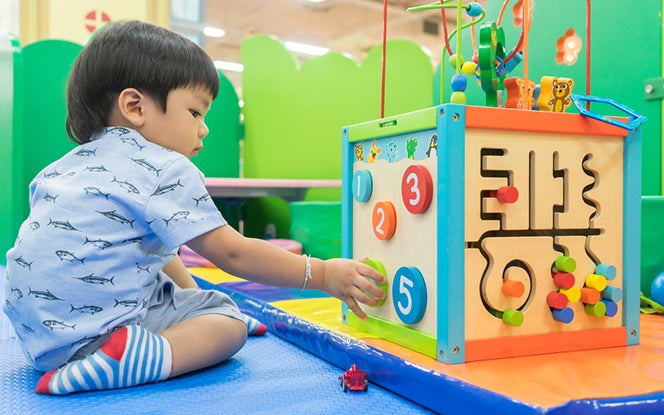
As we touched on in the previous section, rote counting serves as the foundation on which your child builds their ability to deal with (i.e., quantify) objects in the real world.
Developing this skill also leads to other benefits that can serve your little one well on their learning adventure.
Confidence
Mastering rote counting can boost your child’s self-esteem and help them gain the confidence they need to tackle more difficult concepts and progress into more complicated subjects.
This can also serve them well in other aspects of their life, including:
- Sense of self
- Relationships with others
- Application of curiosity
- Motivation
Math Skills
Rote counting also helps your child prepare for more advanced math skills, including:
- Addition
- Subtraction
- Multiplication
- Division
- Place value
- Money
- Ordinal numbers
Your one- or two-year-old may not be able to understand one plus one yet, but learning the building blocks of that concept will make it easier when it comes time to start working with numbers.
Discussing the real-world applications of these numbers will certainly help your little one when it comes time to take the next step in their learning journey.
Participation
Developing the ability to count from one to 10 — even if it’s just from memory — allows your child to participate more freely in games and activities where that skill is needed.
This gives your child a sense of inclusion that can serve them well in a wide variety of social and learning situations.
Tips To Encourage Rote Counting
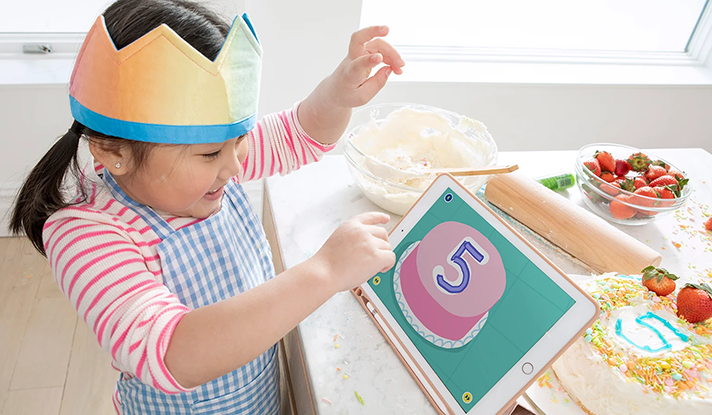
Be A Cheerleader
One of the best things you can do to encourage rote counting is to be a cheerleader for your child. Even if they don’t get it right at first, commend them and do your best to motivate them to try again.
With practice and lots of love and patience, your child will be counting to 20 (and beyond) in no time!
Continue Into Higher Numbers
Even if your little one can only count to five, demonstrate how to continue into higher numbers when they’re done.
For example, when they’ve finished with the numbers they know, keep going for another five or 10 numbers so they start to hear the words. Your child will learn so much just from listening to you and watching you count for yourself.
Introduce Counting Into Everyday Life
For your child, learning to count from memory is not a one-day-and-done activity. It takes lots of practice. To give your child plenty of time to develop this new skill, introduce counting into their everyday life.
Stop and count the petals of a flower while you’re on a walk. Count the number of bricks in a brick sidewalk. Count the number of glasses on the table.
It doesn’t matter what you count — and it doesn’t matter if they count out of order or forget a number — as long as you give them plenty of time and opportunities to exercise their skill.
Sing Songs & Play Games
Need more activities to encourage number memorization? Try singing songs and playing games. Every bit of practice helps, so keep an eye open for opportunities to count with your child.
For more ways to make counting fun, try one of the games in the next section.
Rote Counting Games

Funny Voices
To play Funny Voices, find a dice from a board game and assign different voices to each number. For example, one equals a baby voice, two equals a princess voice, three equals a monster voice, etc.
Then, toss the dice and count to five,10, or 20 using the voice that corresponds to the number you or your child rolled.
For even more fun, add props (e.g., a princess hat, monster fangs, etc.) and act out your counting according to the character shown on the dice.
Everyday Objects
Challenge your child to count everyday objects wherever you happen to be — at home, in the car, or at the supermarket.
Keep in mind that you may need to help your young learner in this activity and that they may not understand the difference between individual items yet (this is rote counting, after all).
You might, for example, ask your child to count the apples at the supermarket as you put them in your bag or your cart. Count along with them and don’t be afraid to prompt them or correct them if they forget a number.
You can even help them understand the one-to-one relationship between the items and the numbers by handing the apples to your child and letting them put them in the bag.
Counting Songs
A simple internet search will reveal plenty of fun counting songs, including:
- One, Two, Buckle My Shoe
- Five Little Fish
- This Old Man
- One Potato, Two Potato
- How Many Fingers?
Find the songs your little one loves and sing them in the car, during playtime, or whenever the mood strikes you.
Hopscotch
Did you know you can play hopscotch with your young one to promote rote counting? Granted, this game is better suited for preschoolers who have the coordination to manage the jumps, but it’s still a great way to reinforce the counting skills they’ll need to take them to the next level.
Setup is simple: Draw the hopscotch outline on your sidewalk, driveway, or patio, fill in the numbers (ask your little one to help with this), and then challenge them to jump from box to box while they count from one to 10.
Allow younger ones to jump into the boxes with both feet so the game is a bit easier and they can hit every number.
Hide & Seek
Hide & Seek is a classic game that everyone loves. It can also be an effective way to encourage rote counting in your little one.
But don’t make it easy! Challenge your child to count to 30 (or backwards from 20) while you hide. When it’s your turn to count, let them hear you say a complicated sequence (maybe to 50 by twos) to reinforce the concept.
Support Your Child’s Learning With HOMER
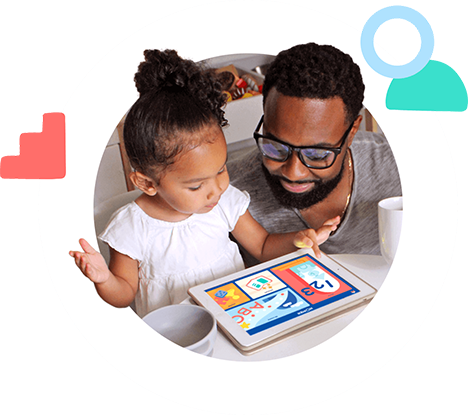
One of the best ways to support rote counting — and all your child’s learning — is with Begin’s HOMER app. Transform any device into a learning machine and help your child build a strong foundation in number recognition, counting, shapes, number operations, and more.
Developed by education experts, HOMER’s research-based, four-step approach to teaching goes beyond memorization to build confidence, promote problem-solving, and foster a lifelong love of learning.
Take our age- and stage-matching quiz to discover just the right exercises, games, and activities for your child. And for more information on everything we offer and why families love learning with Begin, visit BeginLearning.com today.
